 Loading...
Loading...

WNT5A
Disease related genes, Human disease related genes, Plasma proteins
Secreted
Cell type enhanced (Endometrial stromal cells, Alveolar cells type 1, Basal squamous epithelial cells, Club cells, Oligodendrocyte precursor cells)
Not detected in immune cells
Cell line enhanced (BJ, BJ hTERT+, HeLa, SiHa, U-87 MG)
Forms a soluble 1:1 complex with AFM; this prevents oligomerization and is required for prolonged biological activity (PubMed:26902720). The complex with AFM may represent the physiological form in body fluids (PubMed:26902720). Homooligomer; disulfide-linked, leading to inactivation (in vitro). Interacts with PORCN. Interacts with WLS (By similarity). Interacts with glypican GCP3 (PubMed:14610063). Interacts with PKD1 (via extracellular domain) (PubMed:27214281).
Developmental protein
- Rabbit Anti-WNT5A Recombinant Antibody (clone JU30-30) (MRO-1600-CN)
-
- Species Reactivity: Human
- Type: Rabbit IgG
- Application: WB, IF, IHC, FC
-
- Derivation: Phage display library
- Species Reactivity: Human
- Type: Rabbit IgG
- Application: ICC, IF, WB
-
- Derivation: Mouse
- Species Reactivity: Human
- Type: Mouse IgG1
- Application: WB, ELISA, IF, IHC
-
- Species Reactivity: Human
- Application: ELISA, IHC-P, WB
- Rat Anti-WNT5A Recombinant Antibody (VS-0224-XY141) (VS-0224-XY141)
-
- Species Reactivity: Human, Mouse
- Type: Rat IgG2a
- Application: WB, IHC, Neut
-
- Species Reactivity: Human
- Type: Mouse IgG
- Application: WB, IHC, IF, ELISA
-
- Species Reactivity: Human
- Type: Mouse IgG
- Application: WB, IHC, ELISA
-
- Species Reactivity: Human
- Type: Rabbit IgG
- Application: WB, ICC, IF
- Mouse Anti-WNT5A Recombinant Antibody (clone 6F2) (VS3-XY1600)
-
- Species Reactivity: Human
- Type: Mouse IgG1
- Application: ELISA, WB, IHC, ICC
- Mouse Anti-WNT5A Recombinant Antibody (clone 3D10) (VS3-XY1599)
-
- Species Reactivity: Human
- Type: Mouse IgG1
- Application: ELISA, WB, IHC
Our customer service representatives are available 24 hours a day, from Monday to Sunday. Contact Us
Can't find the products you're looking for? Try to filter in the left sidebar.Filter By Tag
For Research Use Only. Not For Clinical Use.

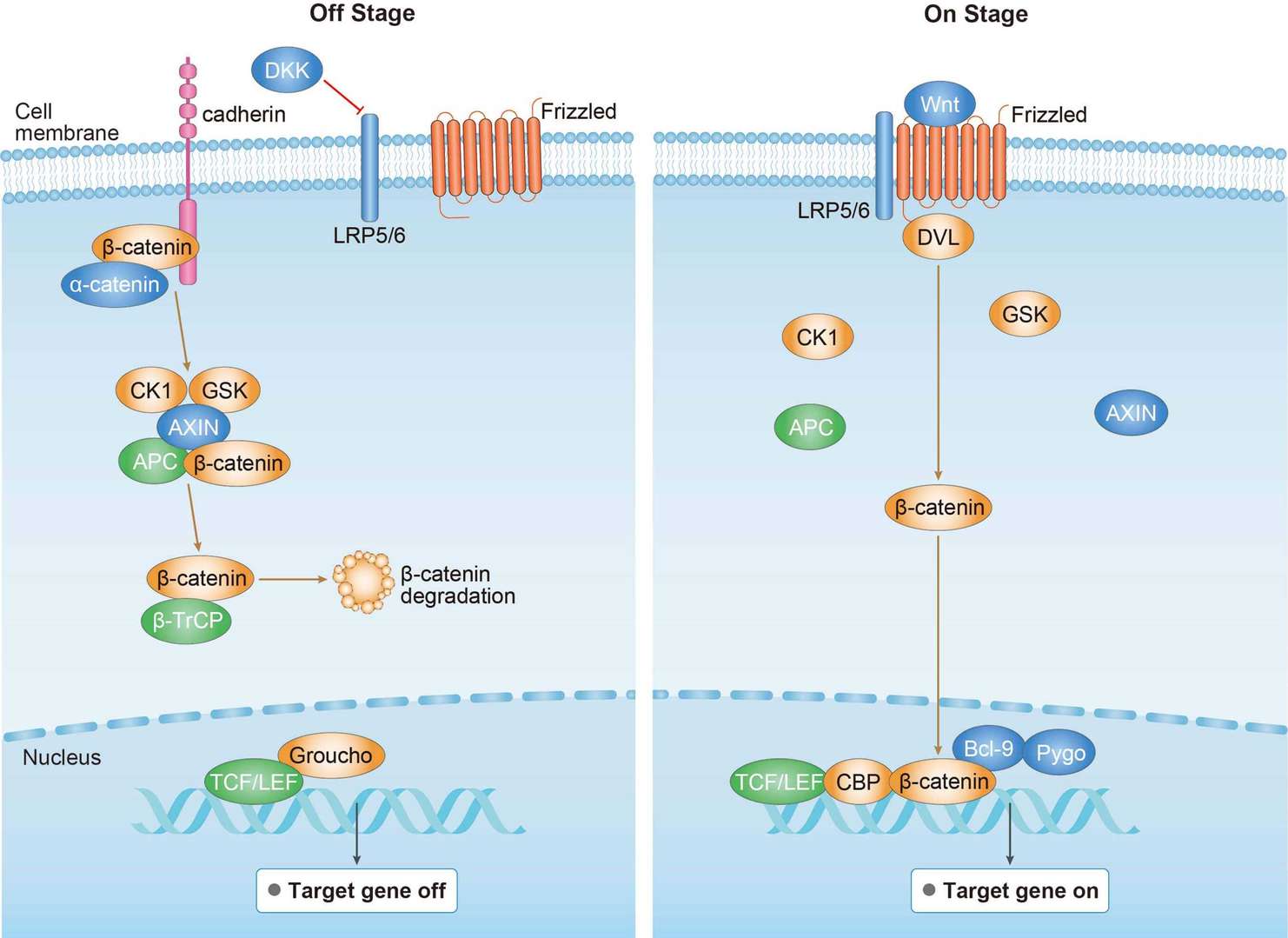 Canonical Wnt Signaling Pathway
Canonical Wnt Signaling Pathway
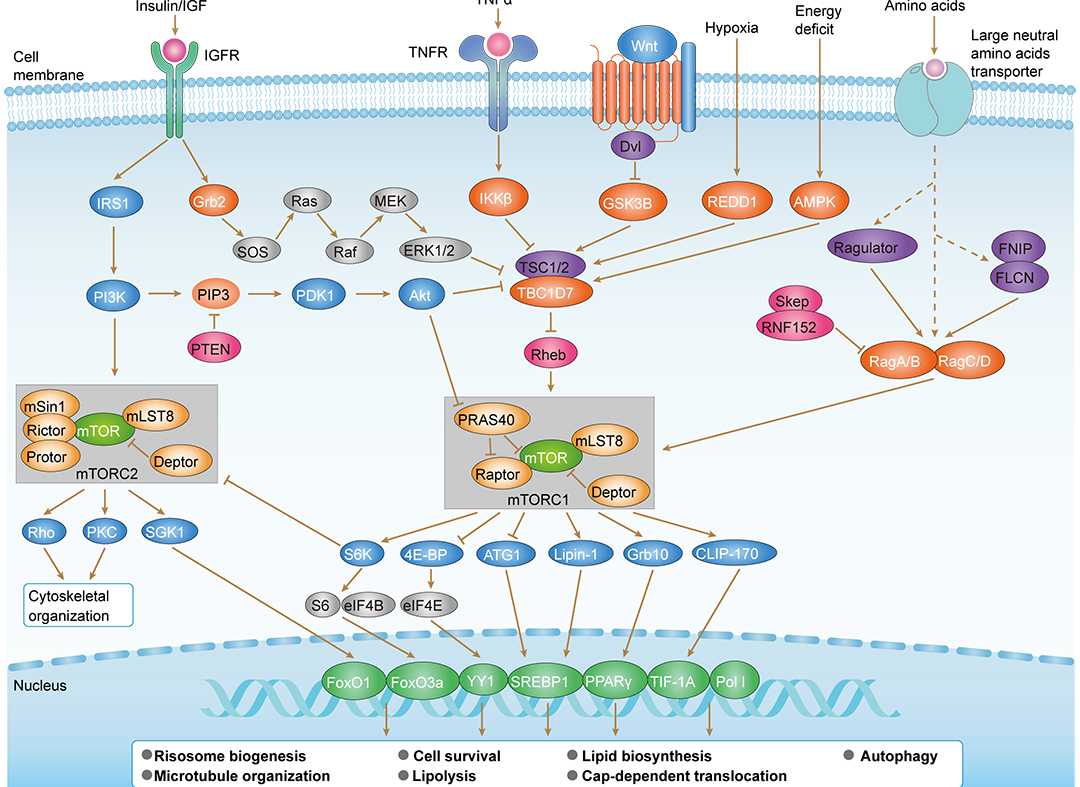 mTOR Signaling Pathway
mTOR Signaling Pathway
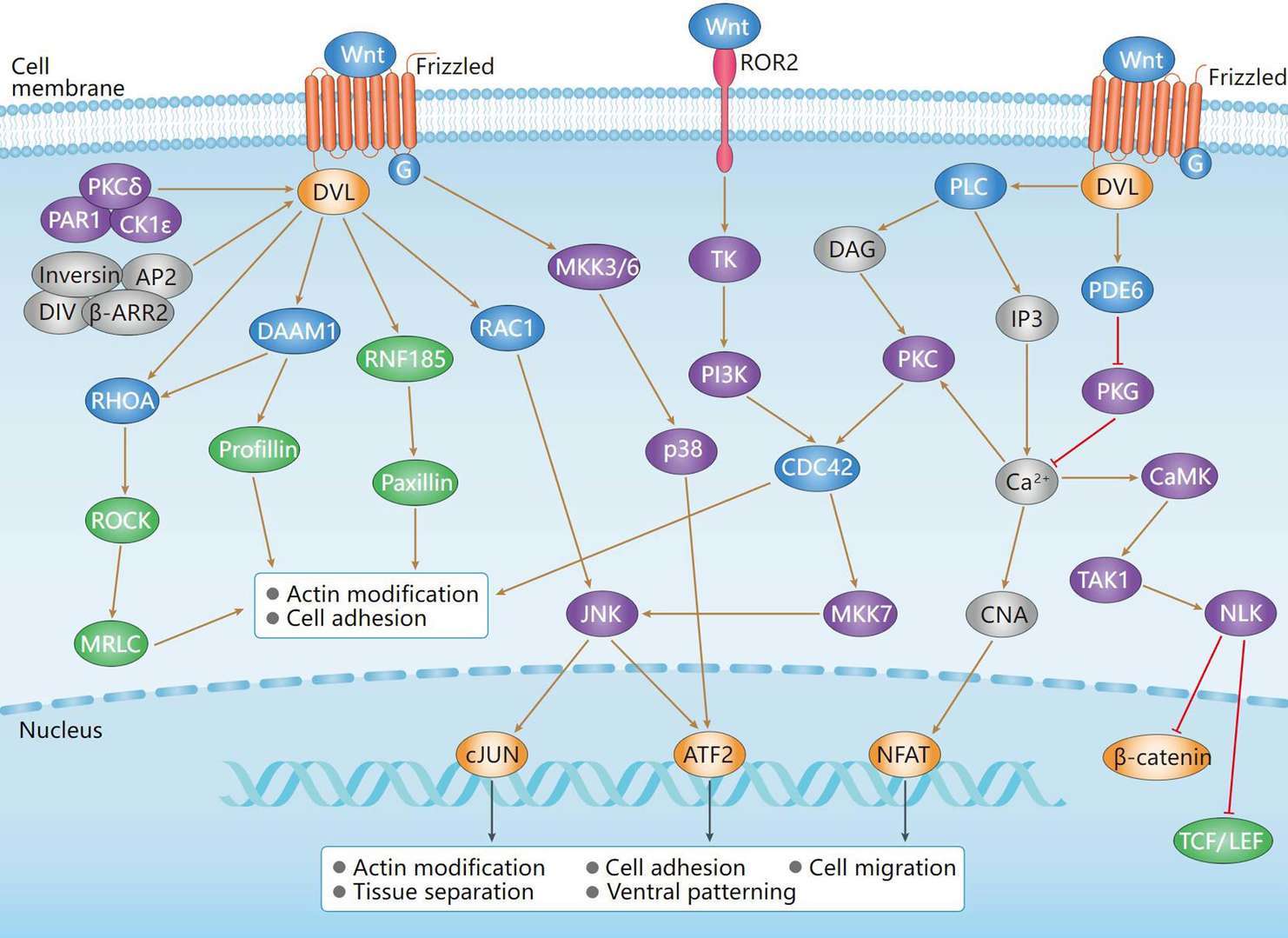 Non-Canonical Wnt Signaling Pathway
Non-Canonical Wnt Signaling Pathway
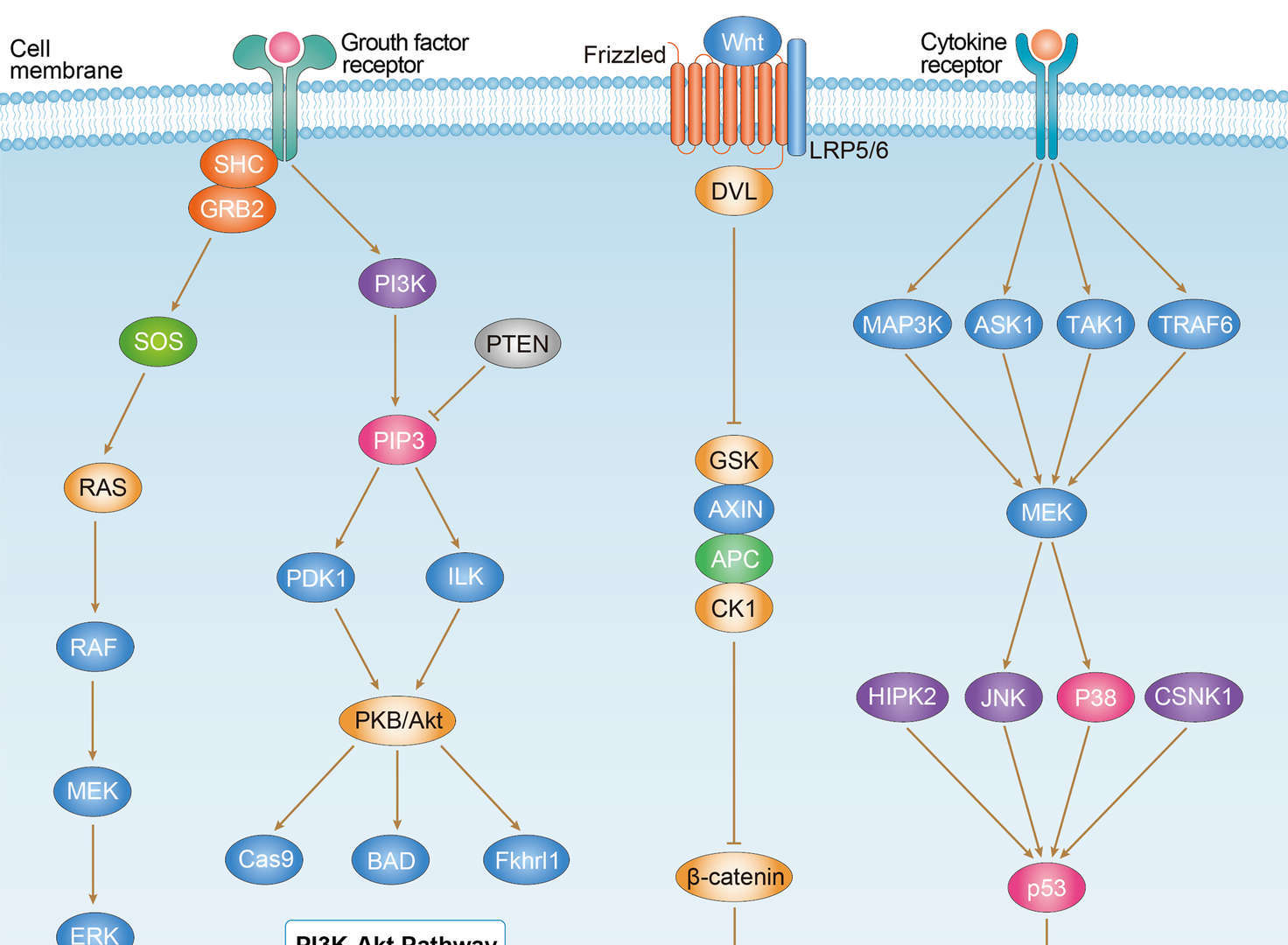 Endometrial Cancer
Endometrial Cancer
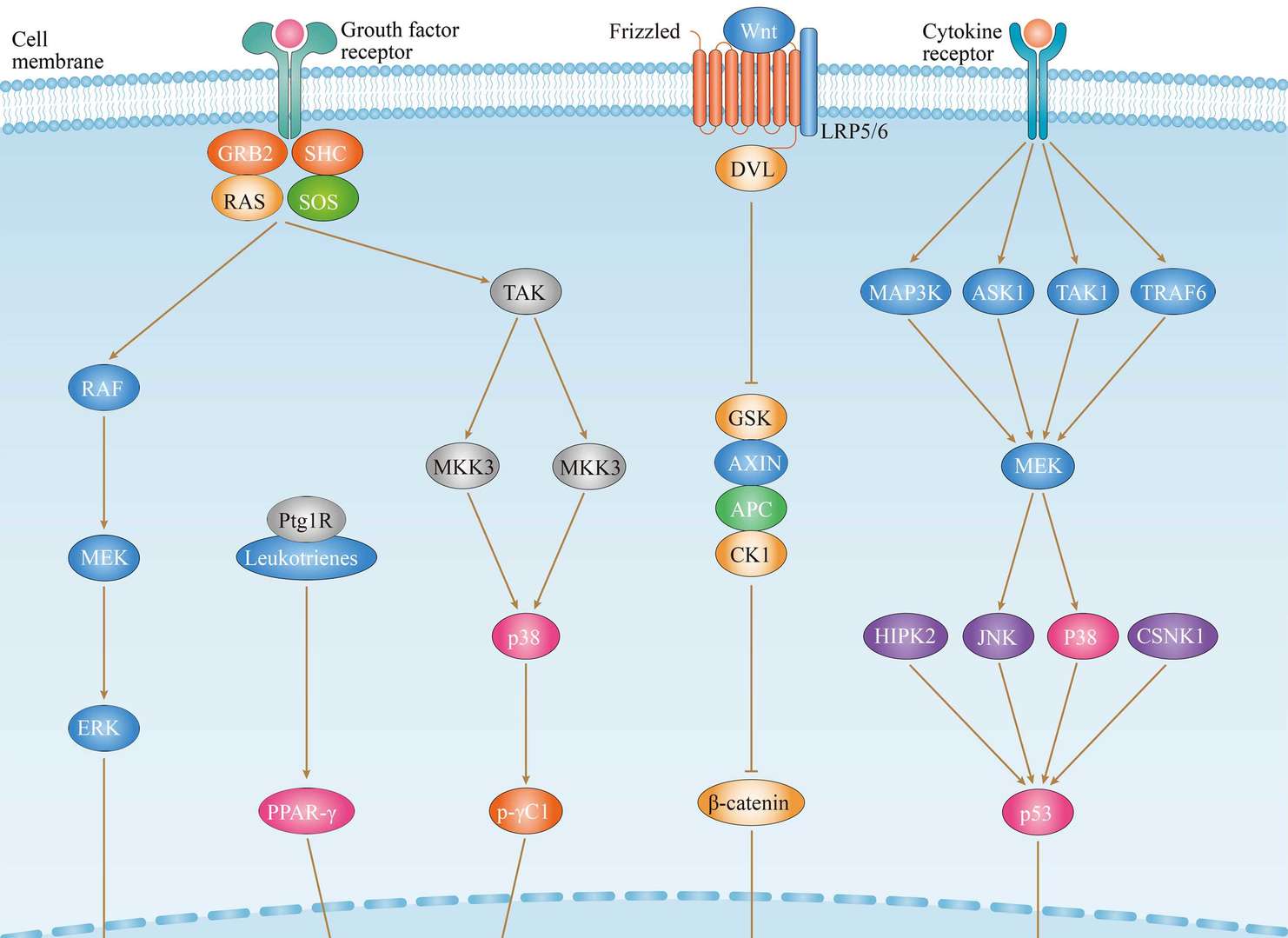 Throid Cancer
Throid Cancer
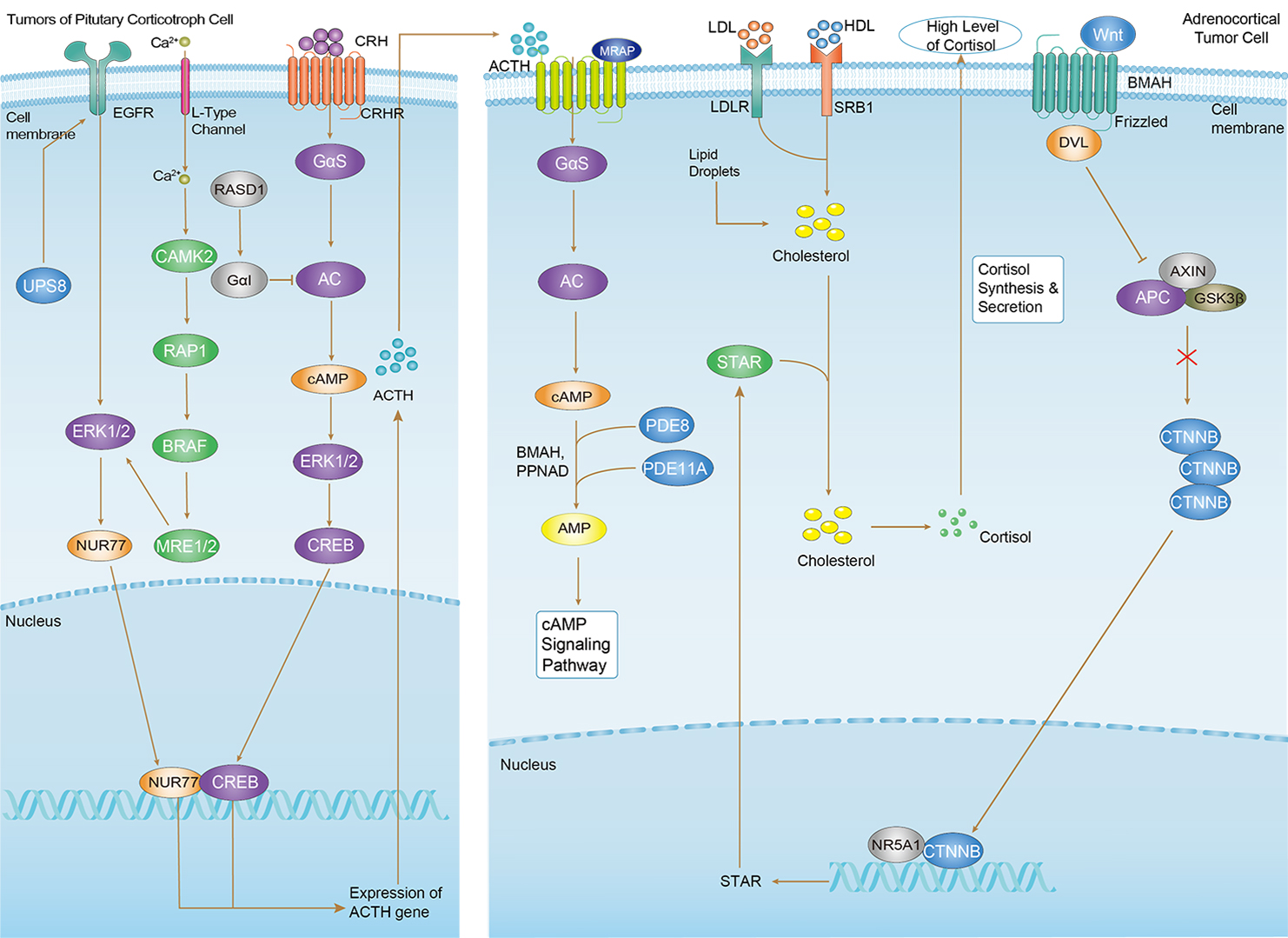 Cushing Syndrome
Cushing Syndrome